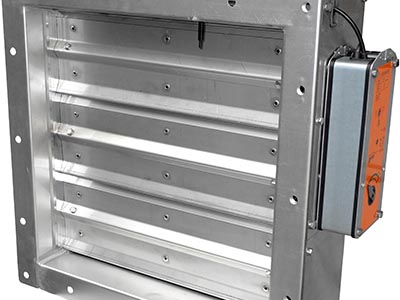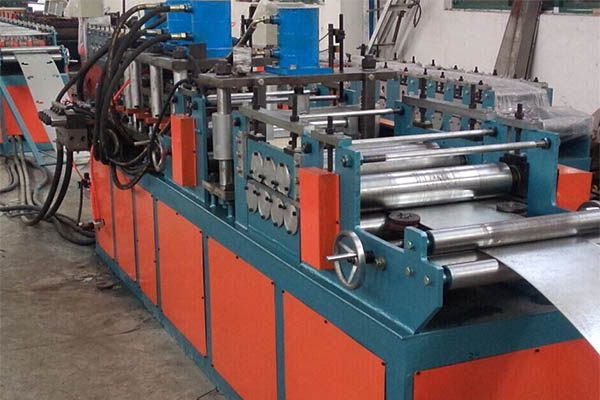Fire Damper
13 Jun

A fire damper can be defined as “a device installed in ducts and air transfer opening of an air distribution or smoke control system designed to close automatically upon detection of heat. It also serves to interrupt migratory airflow, resist the passage of flame, and maintain the integrity of the fire rated separation.” Its primary function is to prevent the passage of flame from one side of a fire-rated separation to the other. Fire dampers are operated by a fusible device, typically a melting link. Fire dampers are equipped with a fusible link (rated for 165°F up to 286°F), which holds the blades open until it the link melts. Upon reaching the melting point, the blades then close and stop the flame from moving into an adjoining compartment. Location: Fire dampers are installed in or near the wall or floor, at the point of duct penetration, to retain the integrity and fire rating of a wall or floor whether it is a ducted or open-plenum return application. Should the ductwork fall away, the damper needs to stay in the wall or floor to maintain the integrity of the wall or floor. One should actually think of the fire damper as part of the wall system itself. Sleeves and Attachment: Fire dampers are required to be installed in sleeves. Lighter gauge sleeves (18–20 ga.) require a breakaway connection from the sleeve to the ductwork. Heavier, smaller dampers (16 ga.) can be installed with a hard duct connection.
Related Products

Recent Posts

October 26, 2016
The Most Successful Engineering Contractor27 Aug
Fly Cut Roof Panel Machine
19 Aug
Ladder Cable Tray Machine
19 Aug
Boltless Roof Panel Machine18 Aug
Upright Racking Machine
18 Aug
Shutter Guide Rail Machine

